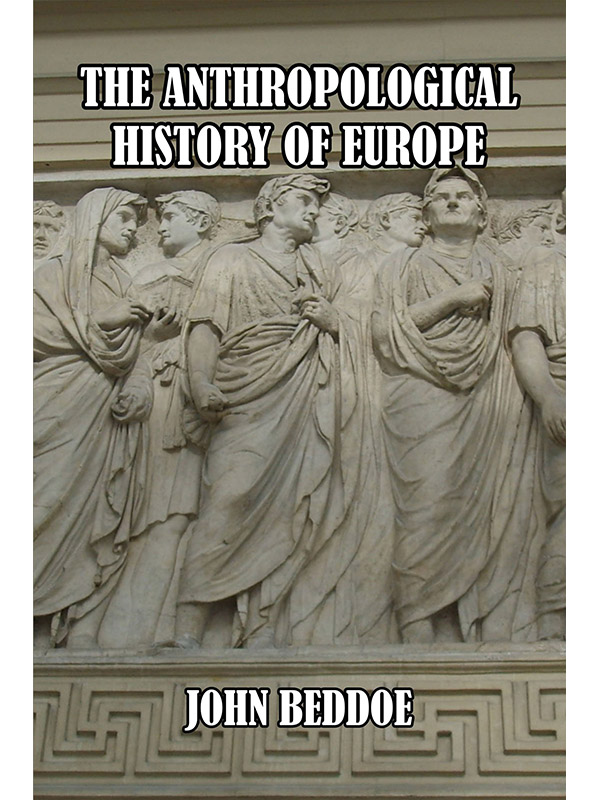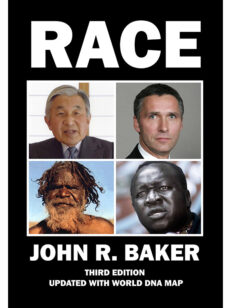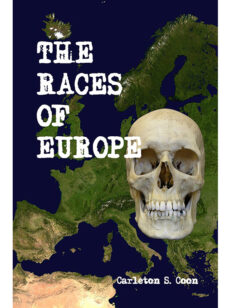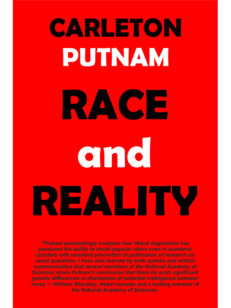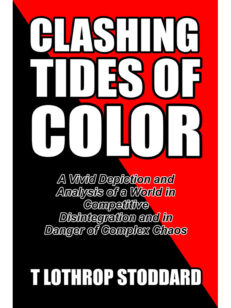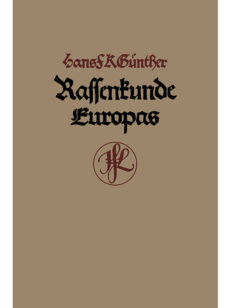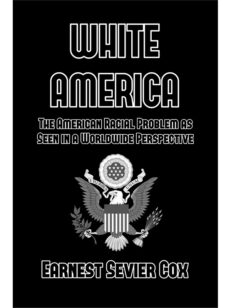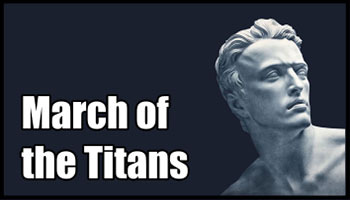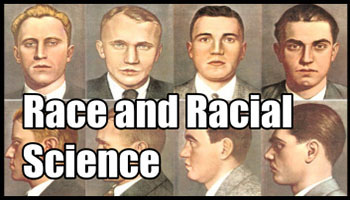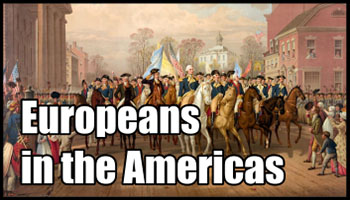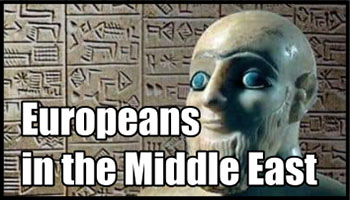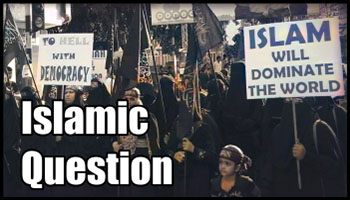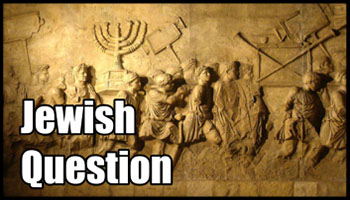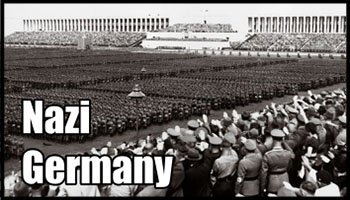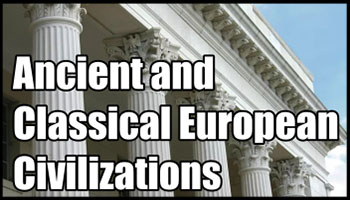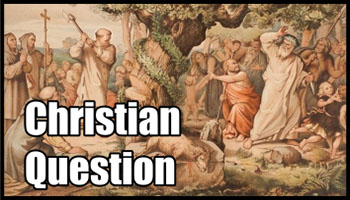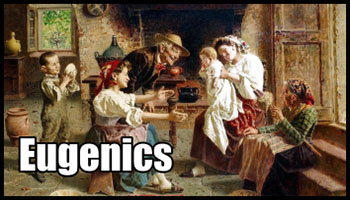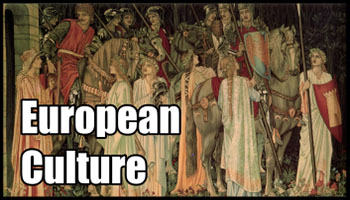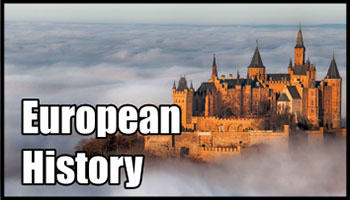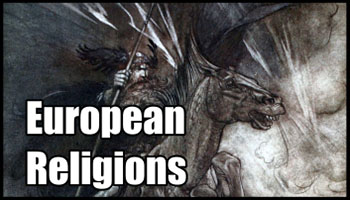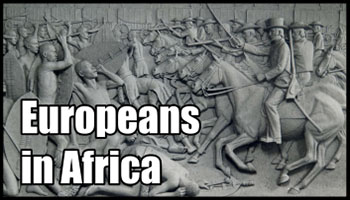Description
By John Beddoe. A sweeping view of European racial history from Russia to Iceland, and from Scandinavia to Sicily. It includes an analysis of the different European sub-races, the “Aryan origin” theory, an overview of European Jewry, and a fascinating conclusion outlining what the author saw as the racial future.
John Beddoe M. D. was Britain’s foremost anthropologist who specialized in the study of race and racial origins. He was a specialist in the science of craniology, or the study of skull shapes in relation to race.
This book, compiled from a series of lectures delivered in Edinburgh, provides a sweeping view of European racial history from Russia to Iceland, and from Scandinavia to Sicily. It includes an analysis of the different European sub-races, the “Aryan origin” theory, an overview of European Jewry, and a fascinating conclusion outlining what he saw as the racial future.
On racial differences:
“There are assuredly diversities of gifts pertaining to diverse breeds of men; and unless we are all reduced to the dull dead level of socialism, and perhaps even in that case, for the sake of relief, we shall continue to stand in need of all these gifts.”
On racial mixing:
“And I have myself seen, mixing with men whose eyes and complexion betrayed the Mongoloid strain, Tartars whose eyes, hair, complexion, and features would have passed muster among ourselves. It had for me a kind of pathetic interest to look at these men, to recognise their kindly blood, to see in them the descendants of the companions of Kniva and of Hermanric, to know that the nationality they once belonged to had passed away and been forgotten, and that to which they now adhered was in progress to the like extinction.”
On Jews:
“Jews grow not only in number, living longer and dying less readily than the Gentiles among whom they dwell, but they are gradually attracting to themselves the whole moveable wealth of the earth; and wealth is power, and the world must move or halt as wealth bids it. It would be strange if, in spite of the community of religion and traditions and usages, there were not some moral or intellectual difference connected with the physical one between these two sections of the Hebrews. And I believe there is. The Sephardim, who have usually the rather small oval true Semitic type of head, are said to be somewhat looked up to by the Ashkenazim, who are mostly of the broad-headed type. And whatever may be the case at the present time, in past times it has been individuals from among the Sephardim who have distinguished themselves from the common herd of their fellow-believers, and that in ways more noble than that of moneymaking.”
On classical Greece:
“That the Hellenes proper were a race of the type we most of us call the long-headed Aryan, there seems no doubt. Nicollucci found an index of 75.8 in 26 ancient Greeks. The skulls that have come down to us from the classical period are generally long, rather narrow and high; and blond coloration was common and admired among the Greeks, at all events in the early historical period.”
About the author: John Beddoe (1826–1911) was one of England’s most prominent ethnologists. Born in Bewdley, Worcestershire and educated at University College, London (B.A. London)) and Edinburgh University (M.D. 1853), he served in the Crimean War and was Physician at Bristol Royal Infirmary from 1862 to 1873. He was elected a Fellow of the Royal Society in 1873, was a founder of the Ethnological Society and president of the Anthropological Institute from 1889 to 1891.
Contents
First Lecture: The Aryan Question and that of Variation of Type.
History of the Aryan Question—Latham and European origin—Ujfalvy’s discovery of the Galchas—The Scandinavian and Lithuanian heresies—The Variation Question—Extreme views—Monogenism and Polygenism—Supposed modifying influences—Climateand environment—Conjugal selection—Dwindling of military and governing castes—Effects of food and drink.
Second Lecture: Variation— Primeval Man— Succession of Races.
Opinions of contemporary anthropologists—Kollman’s fivepermanent European types—Deniker on importance of hair as a character—Schaaffhausen on inferiority of primitive man and of the longheaded type—Ancient types: the Canstatt: the Cro-magnon: the Eskimo—Neolithic period: brachykephals abroad; none in Britain—Bronze periods—Swarming of successive races: Phoenicians, Greeks, Gauls, Romans, Teutons, Saracens, Slavs, Turco-mongols.
Third Lecture: Russia and the Balkan Peninsula.
Russia—The Scythians—Spread of the Slavs—Physical characters of the Finns—The Merians—The Mongol invasion—Composition of the modern Russian people—The Lithuanians—Ugrian and Tartar tribes—The ancient occupants of the Balkan peninsula—The Hellenes—Modern descendants of the Thracians and Illyrians.
Fourth Lecture: Scandinavia, Central Europe, France.
Oldest Scandinavian Skull-forms—The Borreby and Svelrik skulls—The Rhoxalani—Modern Norwegians and Danes—The Icelanders—Ancient German Graverow type—The four Swiss types of His and Rutimeyer—Von Hölder’s discoveries at Ratisbon—Ranke on the Bavarians—Bohemia—Hallstadt—Hungary, Poland, Holland—Colour and stature in Central Europe—France, constitution of the Keltic nation there—Results of the Völkswanderung—Clear demarcation of types in Belgium, less clear in France—Investigations of Topinard and Collignon
Fifth Lecture: Spain, Italy, and the British Isles.
Spain and Portugal—De Aranzadi on the Basques—Italy: The Ancient and Modern Romans—The Sards, purest race in Western Europe—The Jews; their original and secondary types—The Gypsies—Brief sketch of the Races of Britain: Specimen districts—Pembrokeshire—The Isle of Man.
Sixth Lecture Scotland, with General Conclusions.
Considerations of special districts, such as Berwickshire, an Anglian, and Ballachulish, a Gaelic locality—Difficultand doubtful points in British ethnology—Possible effects of urban life—Growth and decline of races and types, and their probable future.
Appendix: Description of Illustrations
Index.
133 pages. Paperback.

